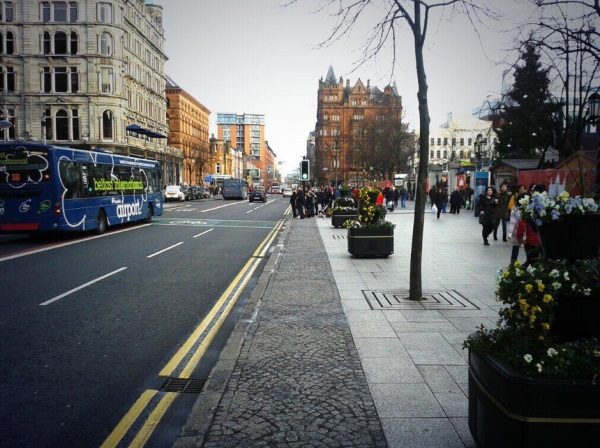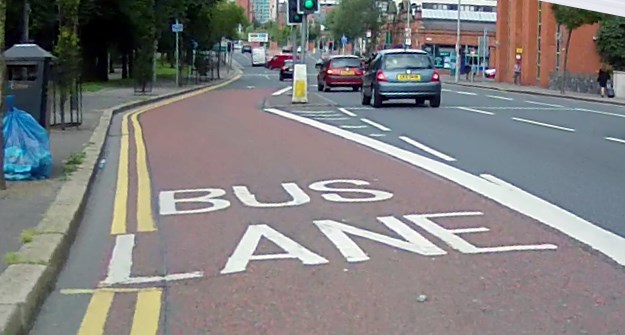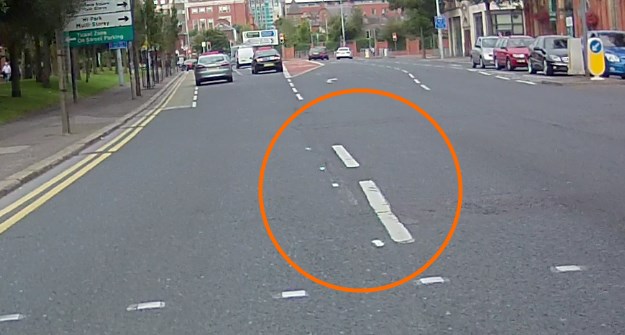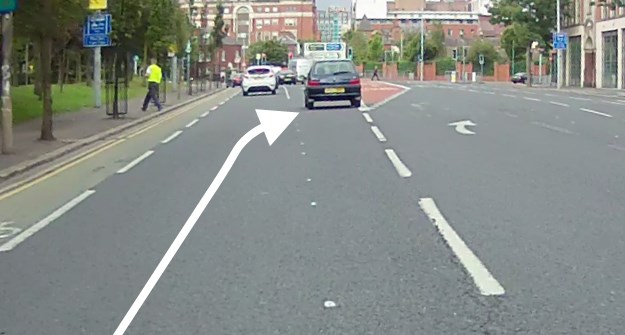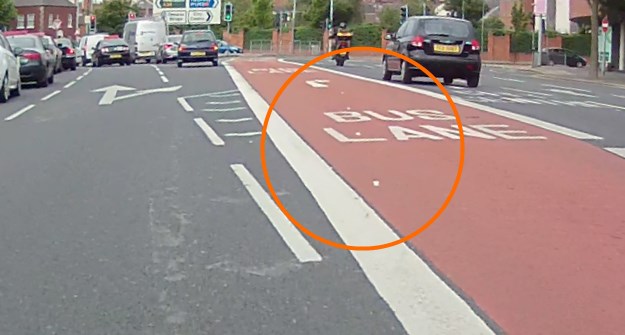Instead of attempting to better design the junction and approach (“Get in lane” sign, soft bollard separation, anyone?) Roads Service are holding their hands up and designing to the needs of general traffic at the expense of cyclists (and buses to a lesser extent). Very un-Belfast on the Move.
Without targets, why should Roads Service care?
I asked a local active travel organisation a very stupid question about this plan, “Has Roads Service consulted cycling groups about the change?” Once the laughter dies down, you’re left with the realisation that Roads Service is a fundamentally conservative organisation incapable of catering for the fastest growing personal transport form in Belfast.
Never mind that the Northern Ireland Executive doesn’t have targets to grow cycling (outside of a woolly target for school children based mainly on walking); without the whip-crack of a DRD internal target and ownership of the intent to grow cycling as a part of modern Belfast, Roads Service will continue to design our roads for vehicles at the expense of cycling.
The woeful cycle lane featured in the picture above shows the limit of Roads Service ambition and thinking:
- we’ve found a piece of road space we don’t really need
- throw it to the cycling team for a cycle lane, it looks good on the annual council report
- make sure it stops before vehicles need space again! (130m long, ending on a bad bend)
- it must be an advisory lane for no good reason (also known as “not a cycle lane”)
- it might look like it goes nowhere, but it actually gets cyclists into the city centre..
- ..just stop, dismount on a busy road and walk over the pedestrian crossings (this is true)
- most of us have never cycled a day in our lives, but this is all probably fine
This is also going to be one of the main routes (Central Station to City Centre) for Belfast Bike Hire, the flagship policy for DRD and Belfast City Council when it comes to cycling. How many people want their first experience of city cycling to be a cutthroat exchange with impatient vehicles?
You can have all the dreams you want of Dutch-style separation on major routes, a perfectly feasible and realistic goal for Belfast. But leave one major junction where cyclists are left to dice with danger or forced to dismount, it’s no longer a viable option for most people.
Roads Service have to do better than this – they must stay the course on Belfast on the Move measures, they must consult cycling groups on these seemingly small but fundamental changes, and they must be set on a challenging path by our politicians. Or they continue to fail, as they do.
